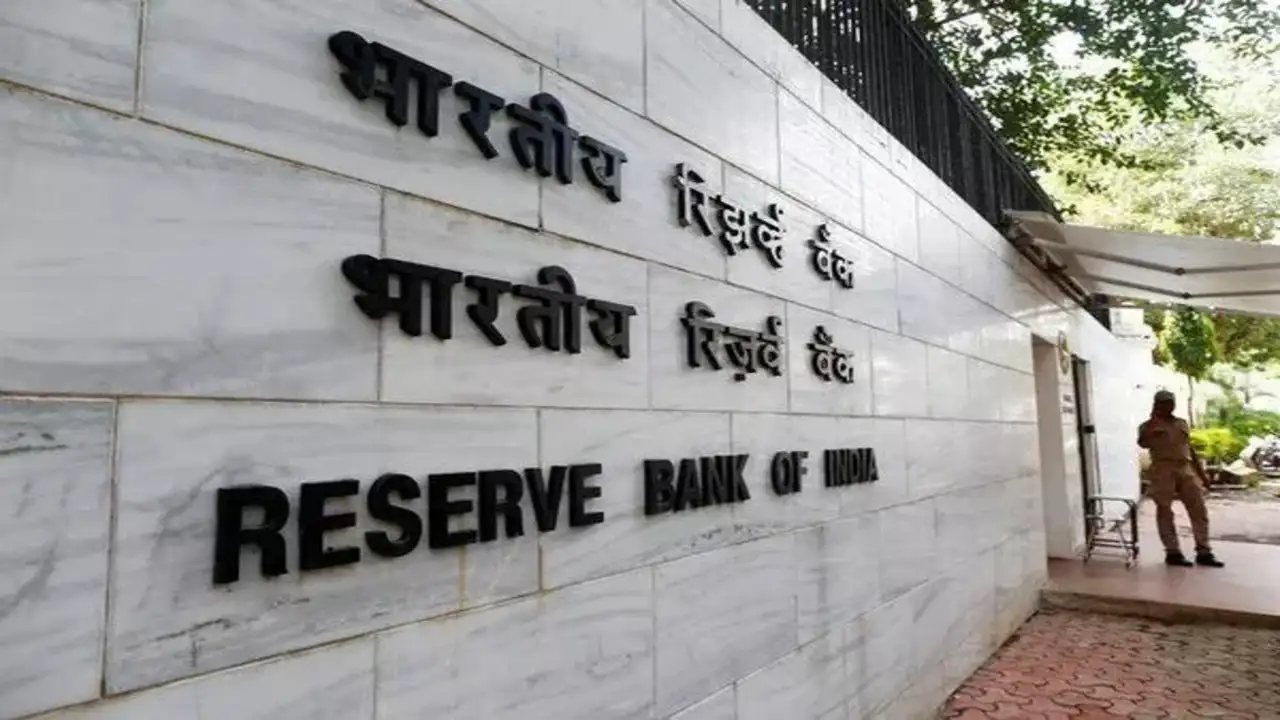Understanding RBI’s Profit Generation and Dividend Decisions

The Reserve Bank of India (RBI) plays a crucial role in maintaining economic stability rather than focusing on profit generation. Its primary responsibilities include controlling inflation, managing interest rates, and overseeing the country’s currency reserves. While the RBI does engage in activities that can lead to profits, such as currency management and lending to banks, these are secondary to its main objective of ensuring a stable economic environment. Recent discussions have highlighted the RBI’s record dividend transfer to the government, raising questions about its profit-making capabilities and the implications for the economy.
RBI’s Role in Economic Stability
The Reserve Bank of India is tasked with maintaining the stability of the economy. Its primary goal is to ensure that prices for everyday goods do not rise too quickly, while also keeping borrowing rates and exchange rates steady. This involves a delicate balance of market forces, where the RBI intervenes as necessary to prevent excessive volatility. The central bank also manages the country’s foreign currency reserves and provides banking services for the government. Although some of these activities can generate income, the surplus is typically transferred to the government rather than retained as profit. This structure emphasizes the RBI’s commitment to public welfare over profit maximization.
Generating Income Through Market Operations
While the RBI’s main focus is not on profit, certain actions it takes in financial markets can lead to income generation. For instance, the RBI holds foreign currency reserves as a protective measure. When it sells these reserves during periods of currency volatility, it can realize profits, especially if the rupee has depreciated. Additionally, the RBI lends to commercial banks at market rates, which allows it to earn interest and manage liquidity in the banking system. The process of printing currency, known as seigniorage, also contributes to its income, as the cost of producing currency notes is lower than their face value. These operations are conducted at market rates to maintain fairness and stability in the financial system.
Profit Distribution and Retention Policies
The RBI’s approach to profit distribution is guided by the framework established by the Bimal Jalan Committee in 2018-19. This framework aims to balance the need for financial stability with the necessity of providing fiscal support to the government. It categorizes the RBI’s economic capital into realized equity and volatile revaluation balances, setting specific thresholds for surplus transfers. The committee recommended that surplus transfers should only occur if the realized equity exceeds a certain range. This careful management has allowed the RBI to transfer a record Rs. 2.1 lakh crore to the government in the 2023-24 fiscal year while maintaining a contingency risk buffer at 5.5%.
Impact of Record Dividends on Financial Markets
The RBI’s decision to transfer a record Rs. 2.7 lakh crore to the government this year has sparked optimism in financial markets. This amount exceeds last year’s transfer and surpasses initial budget estimates. The increase in surplus is attributed to higher earnings from foreign exchange sales and liquidity operations. As the government borrows less due to these substantial dividends, there is more capital available for corporate borrowers, leading to lower interest rates. Consequently, existing bonds with higher interest rates become more attractive, resulting in a rally in the bond markets. This dynamic illustrates how the RBI’s financial decisions can have far-reaching effects on the broader economy.
Observer Voice is the one stop site for National, International news, Sports, Editor’s Choice, Art/culture contents, Quotes and much more. We also cover historical contents. Historical contents includes World History, Indian History, and what happened today. The website also covers Entertainment across the India and World.
Follow Us on Twitter, Instagram, Facebook, & LinkedIn

